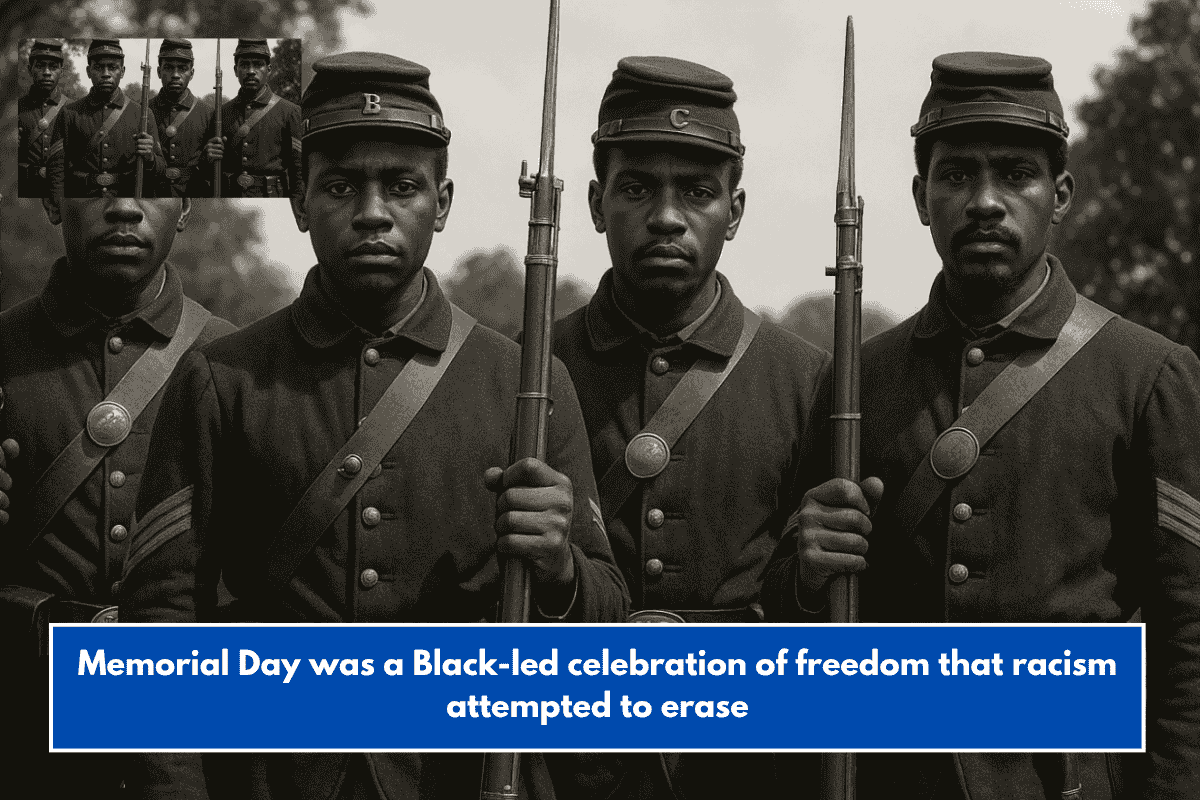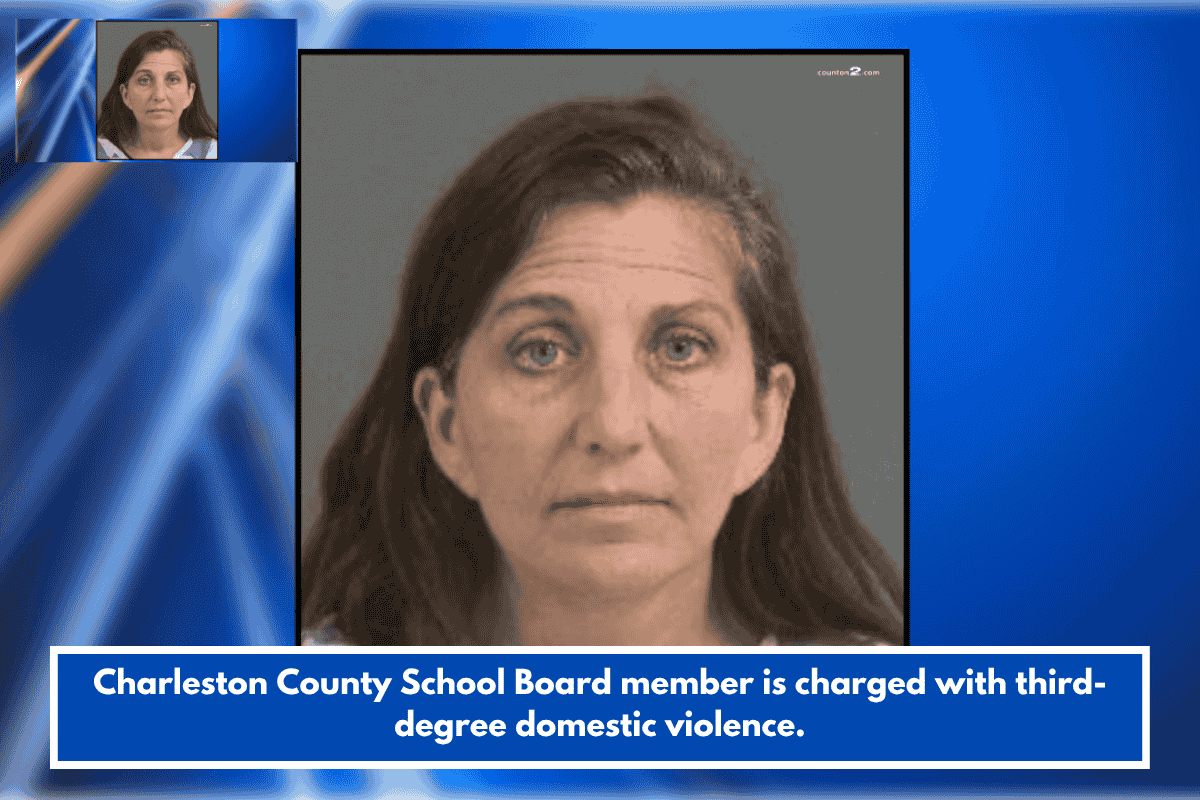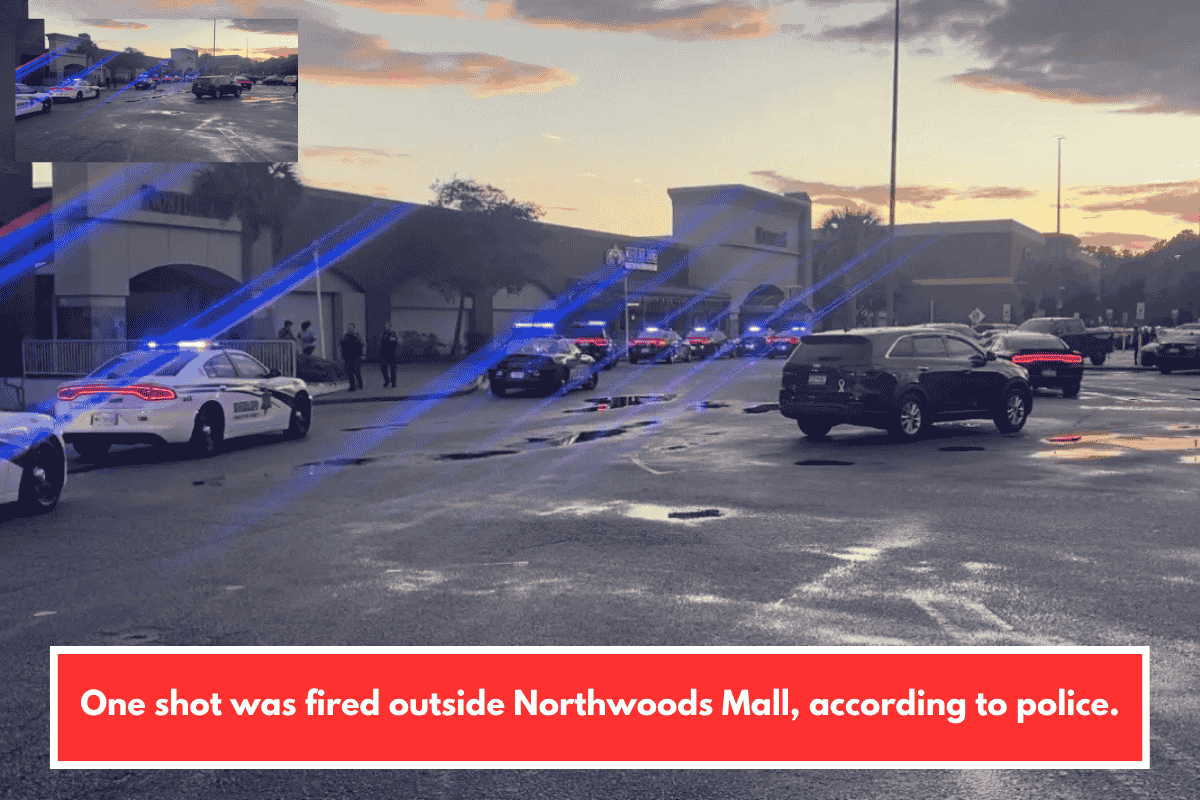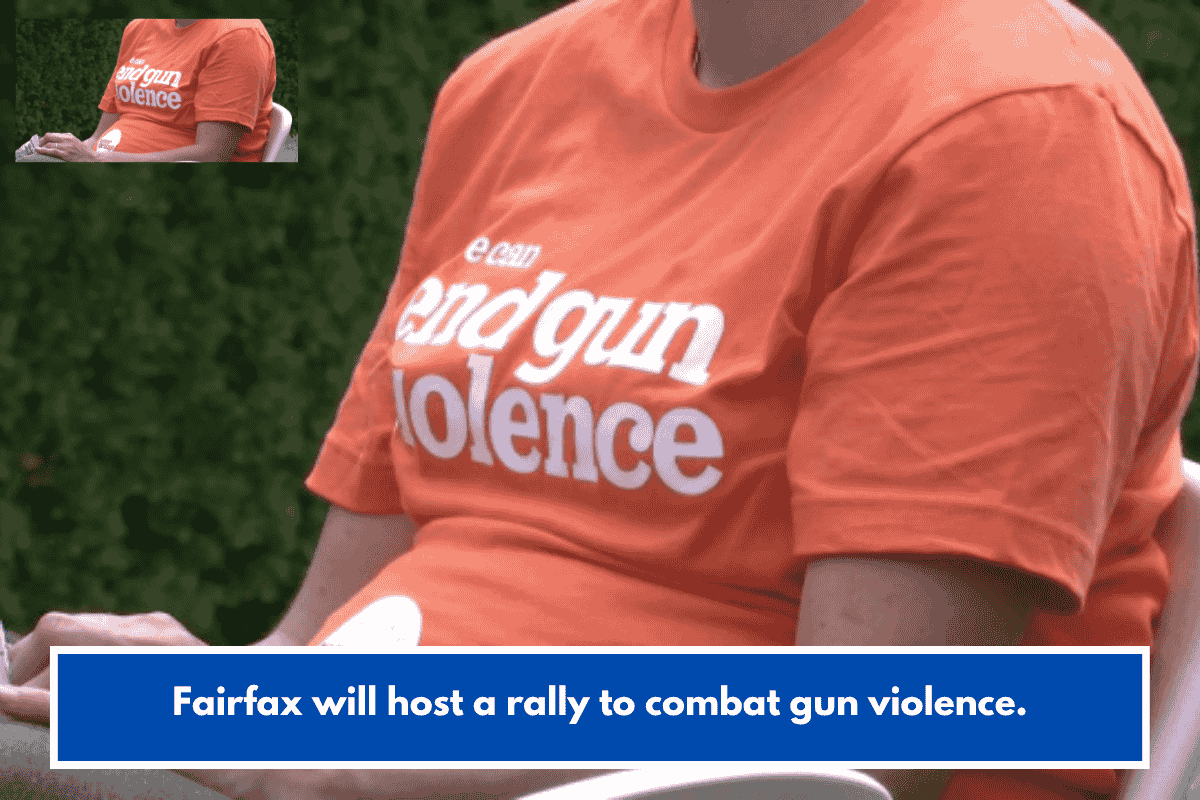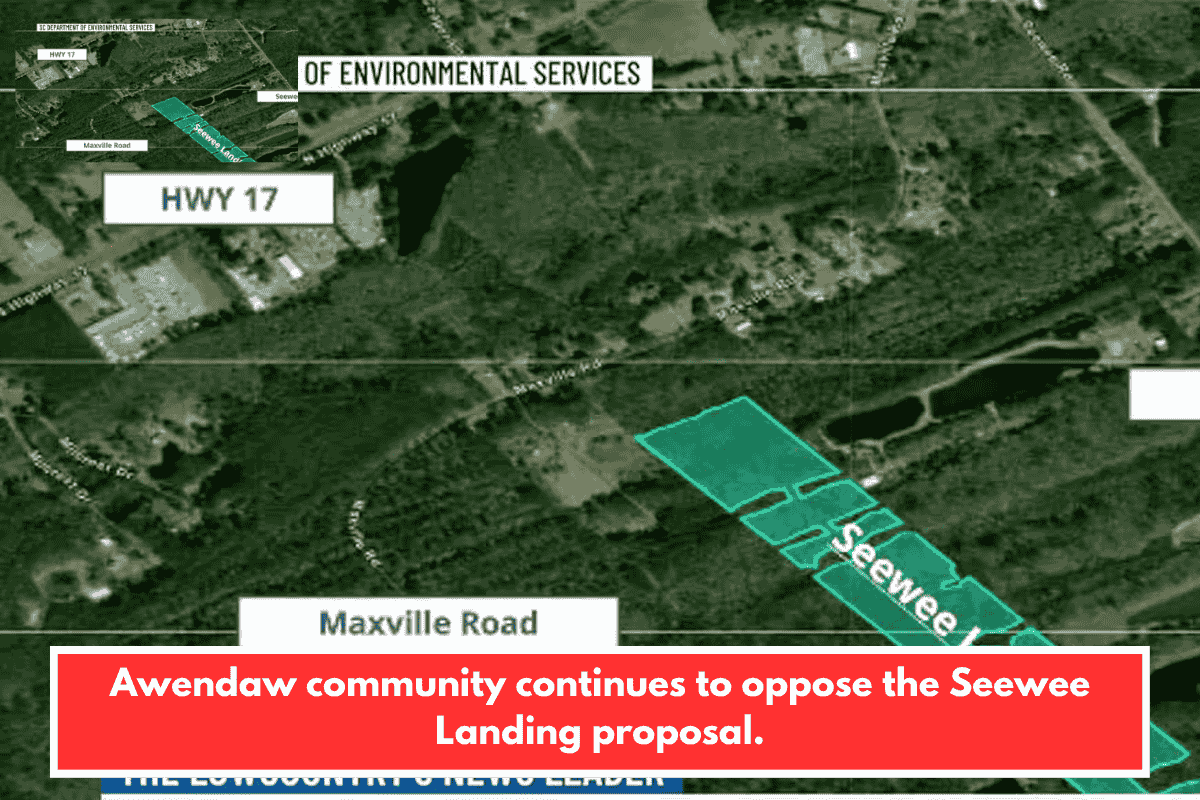Today, most people see Memorial Day as a time for barbecues, flag parades, and remembering fallen soldiers. But many don’t know that the first Memorial Day was created by newly freed Black Americans in 1865. While this powerful history has often been left out of textbooks, it was an unforgettable moment of love, honor, and justice.
What Happened in Charleston, South Carolina
Just a few weeks after the Civil War ended, on May 1, 1865, about 10,000 Black people gathered at a former Confederate racetrack in Charleston. During the war, this site had been used as a prison camp. Over 257 Union soldiers had died there, mostly from disease, and were buried in shallow, unmarked graves.
A group of around two dozen newly freed Black people decided that these fallen soldiers deserved better. They dug up the bodies and reburied them properly in neat rows. They built a tall white fence around the graves with a sign that read “Martyrs of the Race Course.”
A Powerful Day of Honor and Remembrance
This tribute wasn’t a quiet ceremony. It was full of life, music, and respect. It started with 3,000 Black schoolchildren walking around the graves, singing “John Brown’s Body” and laying flowers. Behind them were Black women, men, preachers, and community leaders. Around 30 speakers gave powerful messages, and Union soldiers—both Black and white—marched in tribute.
The day was filled with prayers, songs, and a strong sense of pride. Newspapers like the Charleston Daily Courier and New York Tribune covered the event, calling it something the country had never seen before.
How the Story Was Forgotten
Years later, this historic event was almost completely erased from public memory. Historian David Blight discovered the story again in 1996 while researching Civil War history. He found a forgotten article in a Harvard archive and shared the story in his award-winning book Race and Reunion.
According to Blight, white historians and Southern groups like the United Daughters of the Confederacy didn’t want this truth told. They either denied the event happened or gave credit to white figures instead of the Black community who organized it.
In fact, one book in 1937 falsely claimed the event happened on May 30, a date later chosen by General John A. Logan when Memorial Day became official in 1868.
The Legacy Lives On
The racetrack was eventually renamed Hampton Park, after a Confederate general, and the soldiers’ graves were moved. The people who created the first Memorial Day tribute were nearly forgotten. But the truth remains: before Memorial Day became a national holiday, before the country officially honored its fallen, it was Black Americans who led the way.
They knew what freedom cost. And they gave thanks to those who fought and died for it.
Why This Story Matters
The story of the first Memorial Day is not just about a tribute—it’s about standing up against injustice and erasure. It shows how Black Americans, even just weeks after being freed, showed deep compassion and respect for the lives that were lost fighting for their freedom. And even today, this story reminds us of the continued fight for truth, justice, and recognition.

